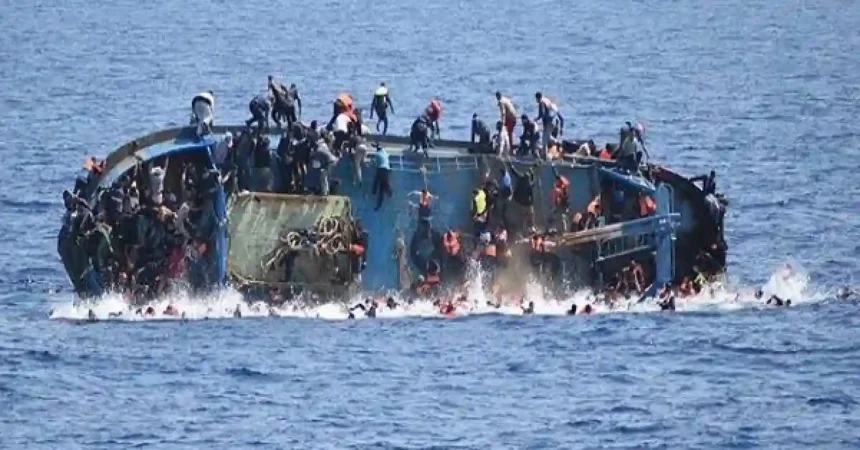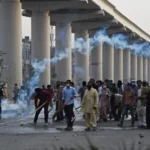Two devastating Congo Boat Accidents in Equateur Province have claimed at least 193 lives this week.
On Wednesday, a motorized boat carrying students capsized, killing 86 people and leaving many missing.
A day later, a vessel with nearly 500 passengers caught fire on the Congo River, killing 107 people.
Rescue efforts continue with limited resources as calls for safety reforms intensify.
First Tragedy in Basankusu Territory
Accident Details
On Wednesday, a motorized boat capsized at the confluence of the Nsolo and Great Maringa rivers in Basankusu territory. State media confirmed at least 86 deaths, most of them students, making it one of the deadliest Congo Boat Accidents in recent years. Witnesses reported chaos as villagers tried to rescue passengers using small canoes before officials arrived.
Cause Reported
Authorities linked the accident to improper loading and illegal night navigation, practices frequently blamed for past Congo Boat Accidents. Officials highlighted that the vessel was carrying far more passengers and cargo than allowed, increasing the risk of capsizing in strong river currents. Safety experts say such violations are common due to weak enforcement of transport laws.
Second Accident in Lukolela Territory
Boat Caught Fire
On Thursday evening, a vessel with almost 500 passengers caught fire before sinking near Malange village in Lukolela territory. The Ministry of Humanitarian Affairs reported at least 107 deaths, adding to the growing toll of Congo Boat Accidents. Witnesses said flames quickly engulfed the boat, giving passengers little time to escape before it capsized.
Missing Passengers
Rescue teams saved 209 people, but 146 passengers remain missing, highlighting the tragic scale of these Congo Boat Accidents. Search operations continued overnight, with volunteers and naval officers scouring riverbanks for survivors and recovering bodies as grieving families gathered nearby.
Rescue and Recovery Efforts
Limited Resources
Rescue operations after both Congo Boat Accidents involved naval teams and volunteers battling poor infrastructure and lack of equipment in remote areas. Helicopters and speedboats were not available, forcing rescuers to rely on traditional wooden boats during their search missions.
Government Response
Authorities have pledged medical care for survivors, compensation for victims’ families, and the repatriation of those rescued after the Congo Boat Accidents. Officials also promised to investigate the causes thoroughly and review safety measures on major river routes in the province.
Common Causes of Accidents
Overloaded Wooden Boats
Most Congo Boat Accidents involve old, poorly maintained wooden vessels carrying passengers and cargo far beyond safety limits. These boats are often the only affordable transport option in regions with few paved roads, making overloading a persistent and deadly problem.
Night Navigation Risks
Nighttime travel, though officially banned, continues and frequently worsens the outcomes of Congo Boat Accidents when disasters strike. Low visibility at night hampers rescue efforts, delaying medical help and increasing the likelihood of higher death tolls.
Calls for Accountability
Civil Society Concerns
Local groups have blamed the government for neglect and lack of enforcement, claiming official figures understate the true cost of Congo Boat Accidents. They argue that repeated tragedies prove authorities have failed to implement basic safety regulations on river transport.
Demand for Safety Reforms
Activists urge stricter rules, better infrastructure, and life jackets on all vessels to prevent future Congo Boat Accidents. They want regular safety inspections and penalties for overloaded boats to break the cycle of negligence and disasters.














